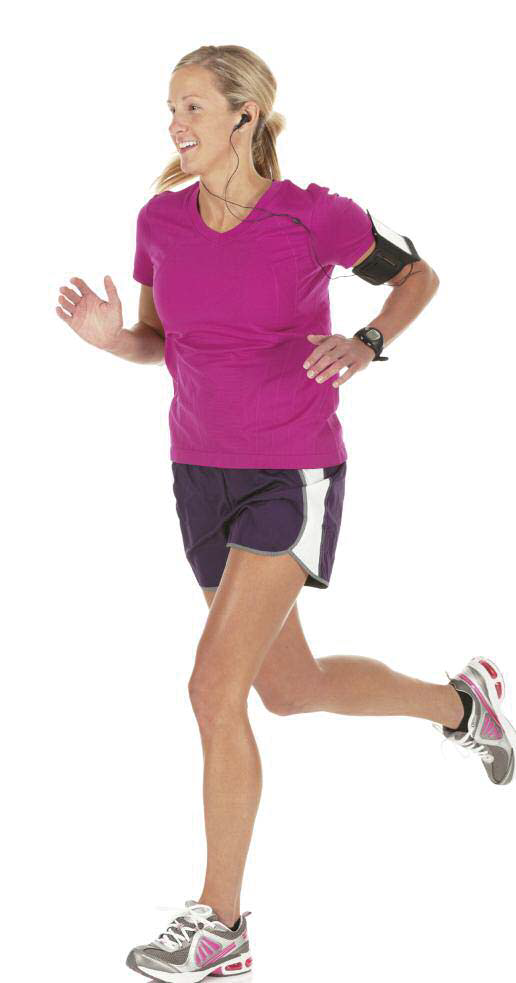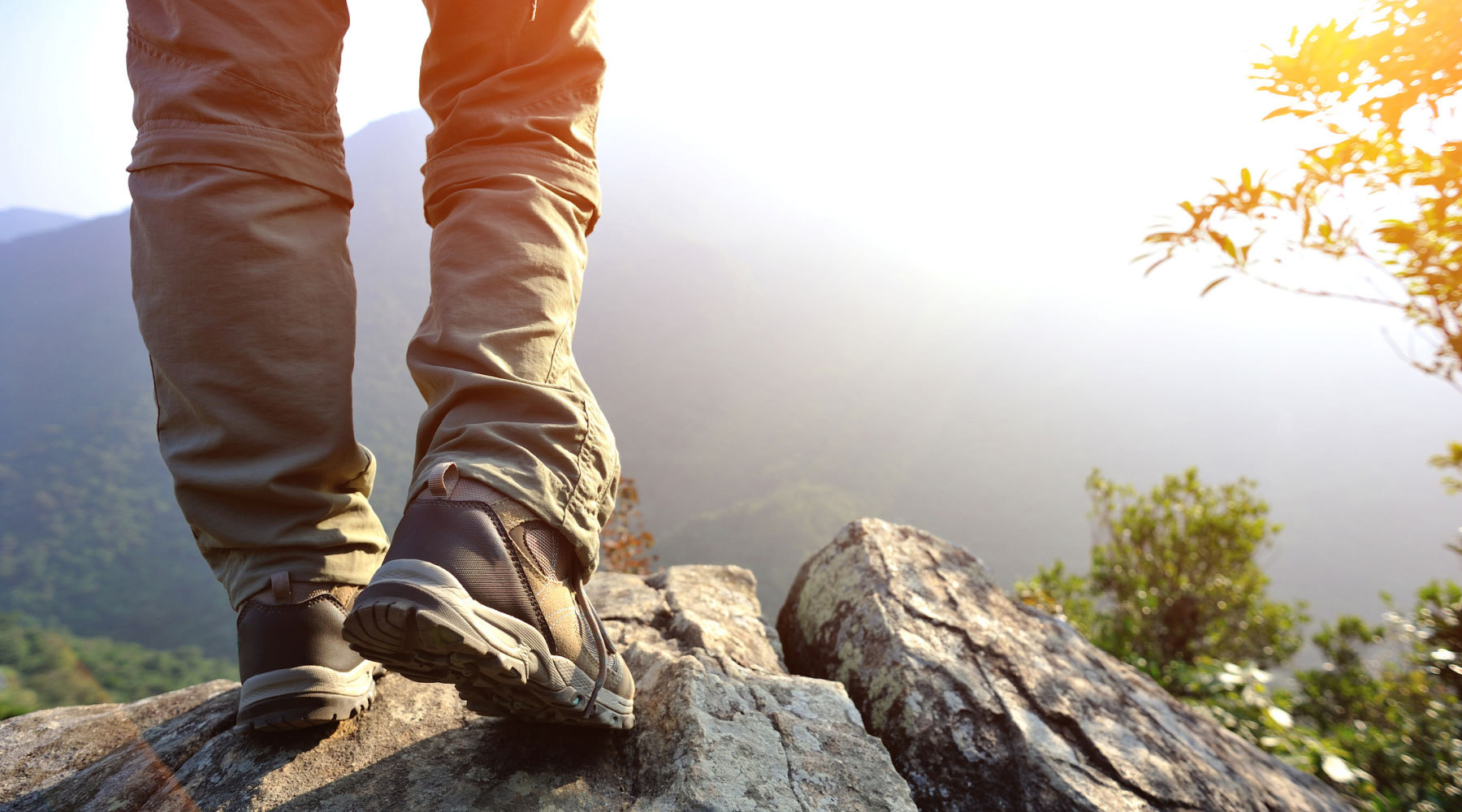Sunny skies and warm temperatures make us go back to our favorite outdoor sporting activities. While there are many health benefits of an active lifestyle, outdoor sport enthusiasts must keep in mind the potential adverse effects of prolonged sun exposure.
Studies have demonstrated that athletes participating in endurance sports with potential for prolonged exposure to ultraviolet radiation have increased rates of skin cancer. The risk of skin cancer tends to correlate with hours of exposure. Factors such as increased altitude and sweating, which increases the light sensitivity of the skin, may increase these effects. Children are particularly sensitive to the effect of prolonged ultraviolet radiation: intermittent sun exposure and burns during childhood have been associated with an increased risk of skin cancer as an adult.
Sunscreen may not be completely protective against skin cancer. While sunscreen has been proven to decrease the incidence of squamous cell carcinoma, its benefit in reducing the risk of basal cell carcinoma and melanoma has not been so clearly described. Some studies have suggested that sunscreen may be detrimental because participants tend to remain active in the sun longer than they otherwise would have been if they had not been using sunscreen.
The American Academy of Dermatologists has offered several suggestions to protect against the harmful effects of prolonged sun exposure:
• If possible, avoid training between the hours of 10 a.m. and 4 p.m., when the ultraviolet radiation is most intense.
• Sunscreen should be applied at least 20 minutes before beginning outside exercise, in all areas not covered by clothing, and reapplied every two hours.
• Always use water-resistant sunscreen with a UVA and UVB protection and a Sun Protection Factor (SPF) of at least 30.
• Avoid suntanning —Tanning is a sign of damaged skin and a “base tan” does not protect against sunburn.
• To prevent melanoma in the eyes, wear sunglasses.
References
Ambros-Rudolph CM, Hofmann-Wellenhof R, Richtig E,
Müller-Fürstner M, Soyer HP, Kerl H. Malignant melanoma
in marathon runners. Arch Dermatol. 2006 Nov;142(11):1471-4.
American Academy of Dermatology
Autier P. Sunscreen abuse for intentional sun exposure.
Br J Dermatol. 2009 Nov;161 Suppl 3:40-5.
Kennedy C, Bajdik CD, Willemze R, De Gruijl FR, Bouwes
Bavinck JN. Leiden Skin Cancer Study. The influence of painful
sunburns and lifetime sun exposure on the risk of actinic
keratoses, seborrheic warts, melanocytic nevi, atypical nevi,
and skin cancer. J Invest Dermatol. 2003 Jun;120(6):1087-93.
Lin JS, Eder M, Weinmann S, Zuber SP, Beil TL, Plaut D, Lutz K.
Behavioral Counseling to Prevent Skin Cancer: Systematic Evidence
Review to Update the 2003 U.S. Preventive Services Task Force
Recommendation [Internet]. SourceRockville (MD): Agency for Healthcare
Research and Quality (US); 2011 Feb. Report No.: 11-05152-EF-1.
Moehrle M. Outdoor sports and skin cancer. Clin Dermatol.
2008 Jan-Feb;26(1):12-5.



